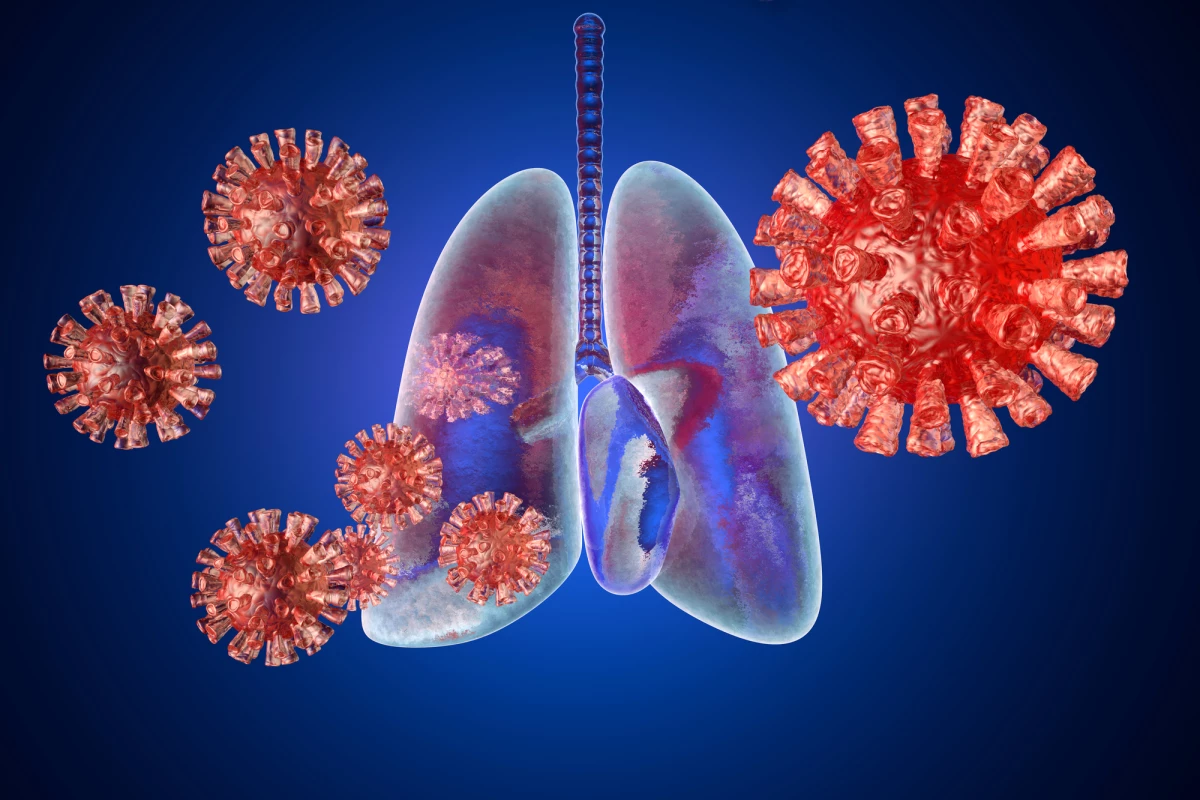Researchers have developed a novel non-steroidal anti-inflammatory from the active ingredient in a medicinal plant used throughout Southeast Asia. The novel compound doesn’t suppress the innate immune system like currently used corticosteroids do, opening the door to alternative treatment for COVID-19 and chronic inflammatory diseases like rheumatoid arthritis and Crohn’s disease.
When SARS-CoV-2 first hit, corticosteroid therapy was initiated early to treat the dangerous condition known as ‘cytokine storm,’ the uncontrolled release of pro-inflammatory markers that occurs when the immune system responds too aggressively to infection. However, a subsequent review and meta-analysis found that administering corticosteroids to patients with mild COVID-19 – those who did not require oxygen – was more detrimental than beneficial. Steroids given early in the disease appeared to weaken a person’s innate immunity, which develops when the body encounters a pathogen for the first time.
Nonetheless, anti-inflammatory drugs remain a valuable treatment in moderate to severe cases of COVID-19 infection. So, new research led by the Universitat Politècnica de València (UPV) in Spain set about finding an anti-inflammatory compound that could control the cytokine storm while retaining the ability of the innate immune system to respond to naïve viral, bacterial, or parasitic infections.
To do that, the researchers turned to nature. They selected andrographolide, the active ingredient of the Andrographis paniculata plant native to India, Sri Lanka and other Southeast Asian regions, where it is widely used as a traditional medicine for its anti-inflammatory properties. Studies have shown that andrographolide can reduce pro-inflammatory mediators in asthmatics and that, unlike corticosteroids, does not adversely affect bone or muscle.
From andrographolide, the researchers synthesized 14-deoxy-12(R,S)-sulfo-andrographolide, or AG5. From a therapeutic perspective, the sulfonic derivative was thought to offer significant advantages, including increasing anti-inflammatory activity and improved pharmacokinetics, the way the body absorbs, distributes, metabolizes, and excretes the drug.
AG5’s anti-inflammatory activity was tested in zebrafish larvae infected with a virus. When treated with AG5, infected larvae showed significantly decreased expression of interleukin 6 (IL-6), a cytokine produced at the site of inflammation, and a decreased number of neutrophils, white blood cells that are the immune system’s first line of defense. The researchers noted that AG5 worked by reducing caspase-1 activity, which leads to the processing and releasing of relevant pro-inflammatory cytokines.
When dendritic cells, a hub for initiating and shaping the nature of the immune responses, in part through cytokine secretion, were stimulated with lipopolysaccharide (LPS), a surrogate for bacterial infections, AG5 significantly reduced different cytokines than dexamethasone, a commonly used corticosteroid, did. When a viral mimic was used, AG5 only reduced IL-1beta levels, whereas dexamethasone significantly diminished all cytokines. These findings indicate that AG5 has a distinct mode of immunomodulation compared to dexamethasone and does not fully suppress the primary immune response.
In mouse models with lipopolysaccharide (LPS)-induced lung injury, AG5 minimized the inflammatory response, reducing levels of pro-inflammatory cytokines. Lower levels of mRNA expression of pro-inflammatory cytokines were detected in the lungs of SARS-CoV-2-infected mice treated with AG5. In addition, mice treated with AG5 showed a reduction in the percentage of lung area with lesions compared to the control mice.
AG5 was not seen to produce toxic effects in any animals (mouse, rat, rabbit) at the maximum tolerated dose, and there was no observable change in hematological or biochemical parameters. Post-mortem pathological evaluation of tissue samples from all animals did not show any damage.
The researchers say that beyond being a treatment for COVID-19, AG5 has many potential applications, including treating chronic inflammatory diseases such as rheumatoid arthritis, Crohn’s disease, lung inflammation and fatty liver disease. An application to the Spanish Agency of Medicines and Medical Devices (AEMPS) for a clinical trial to test the safety and efficacy of AG5 in patients with fatty liver disease is expected in 2024.
The study was published in the journal Biomedicine & Pharmacotherapy.
Source: UPV





